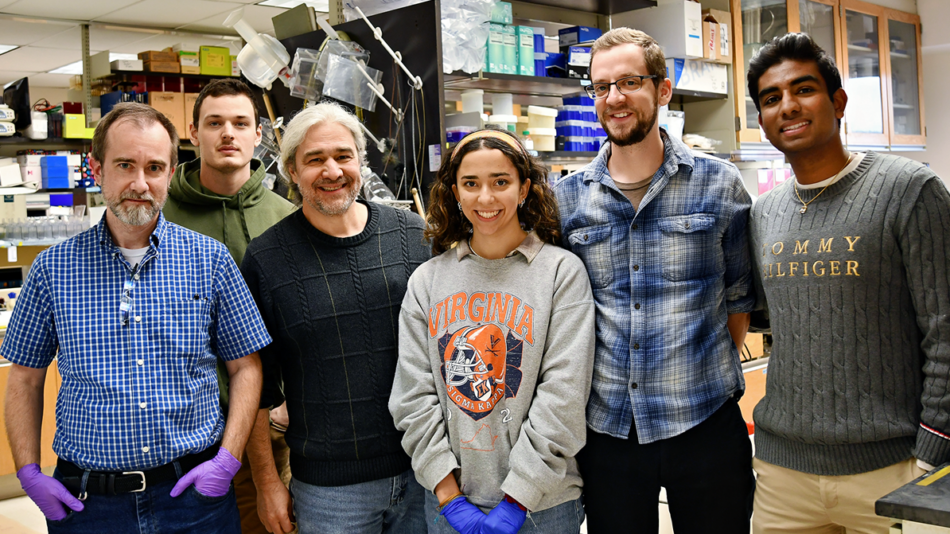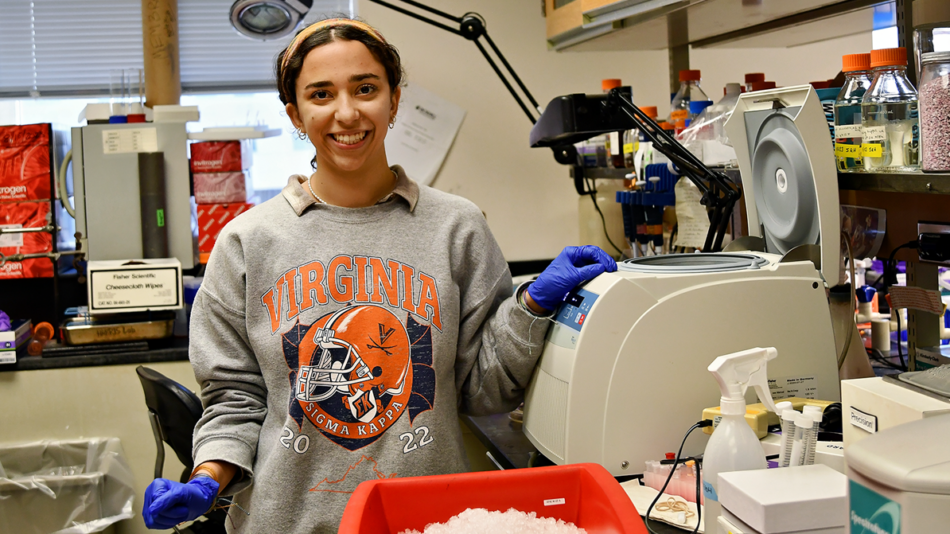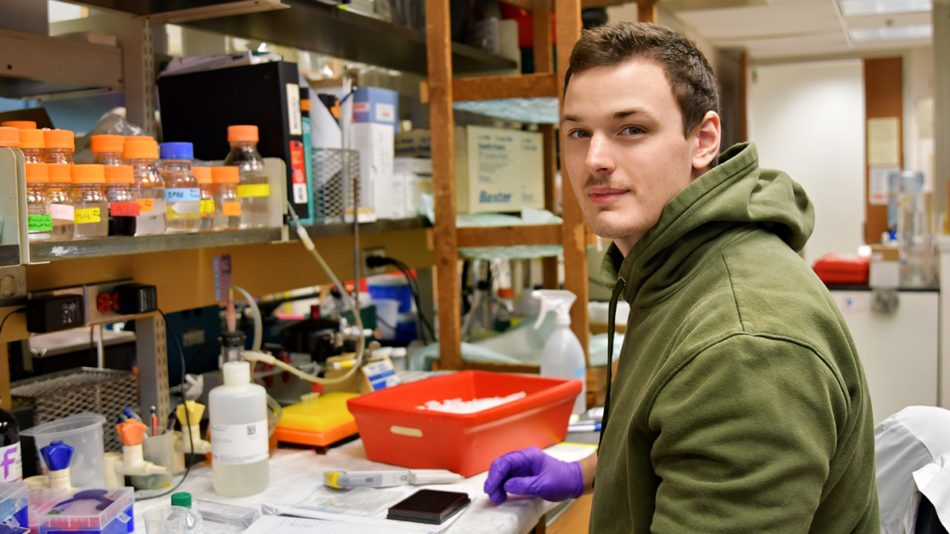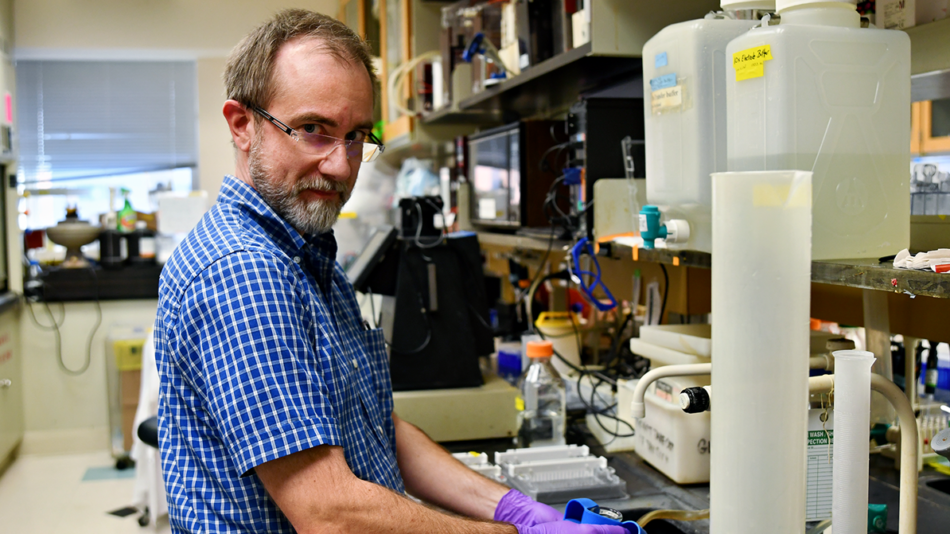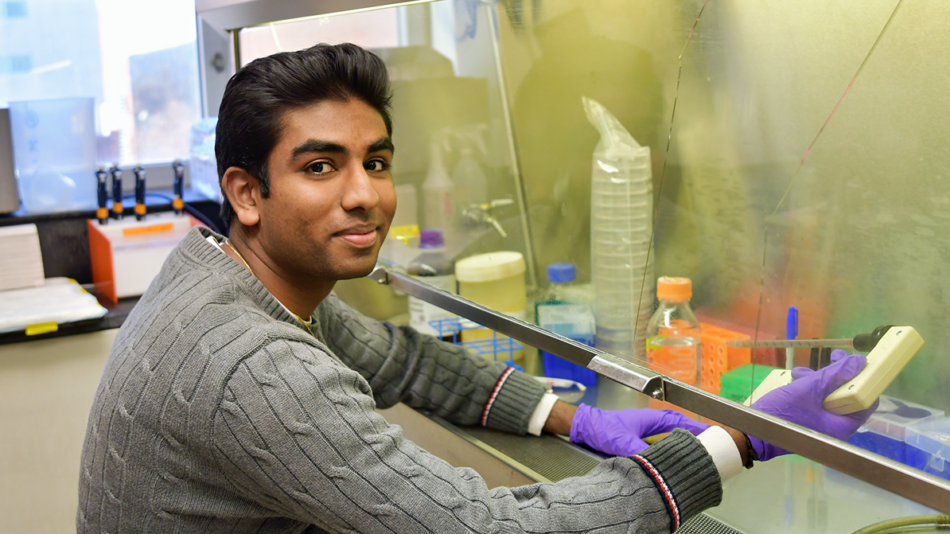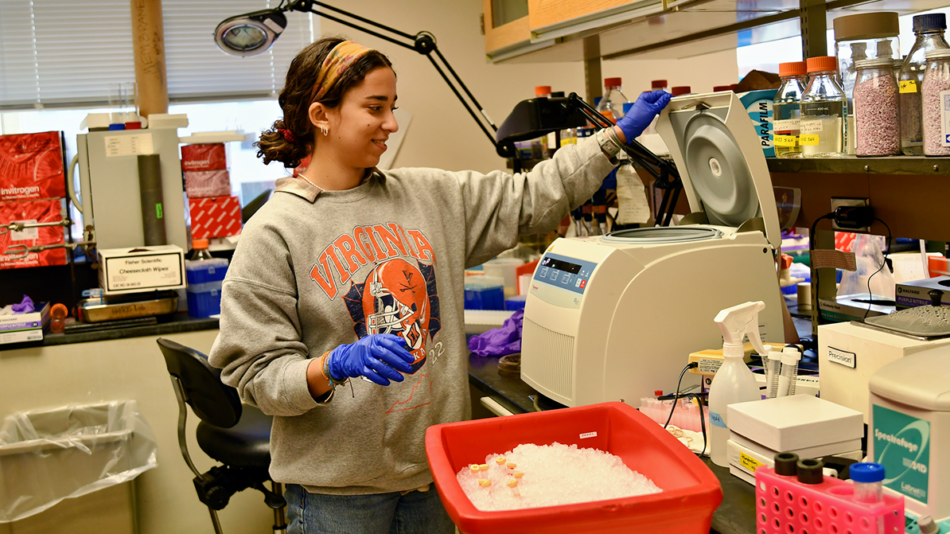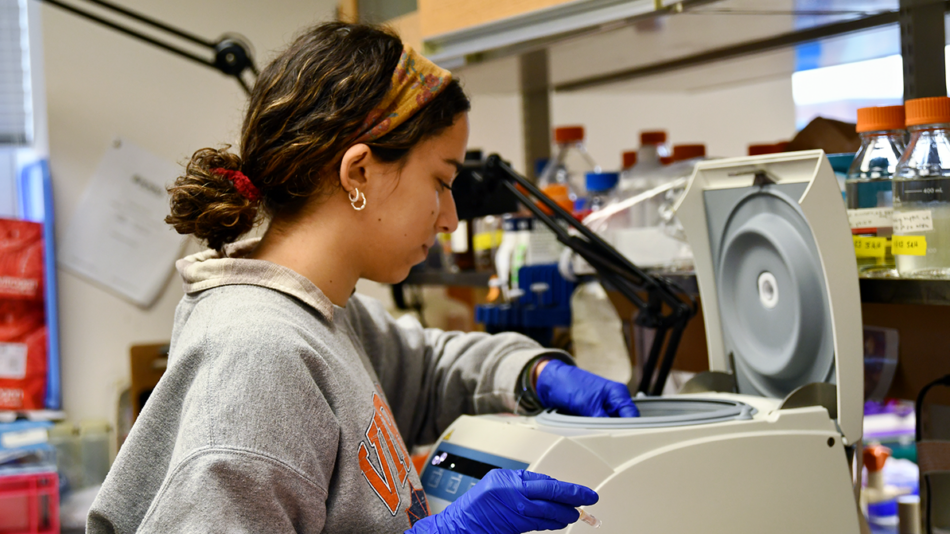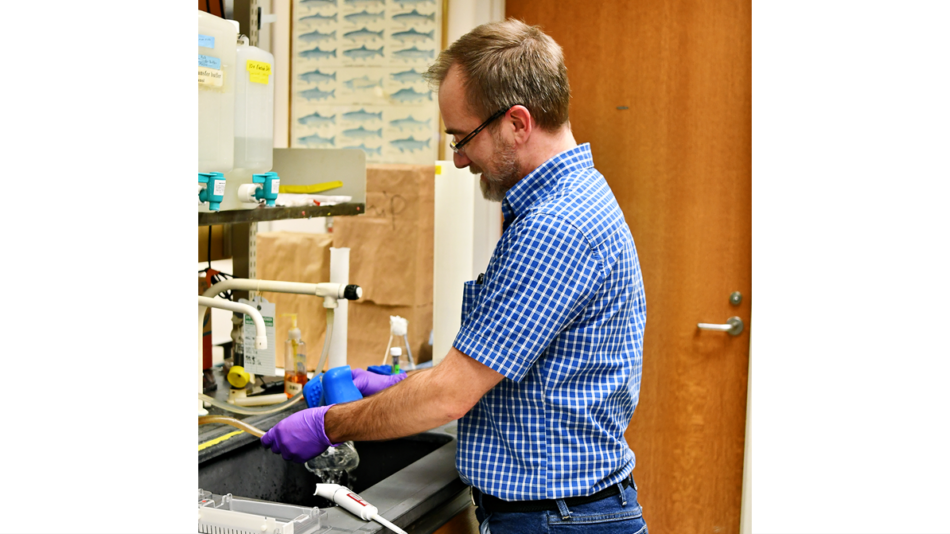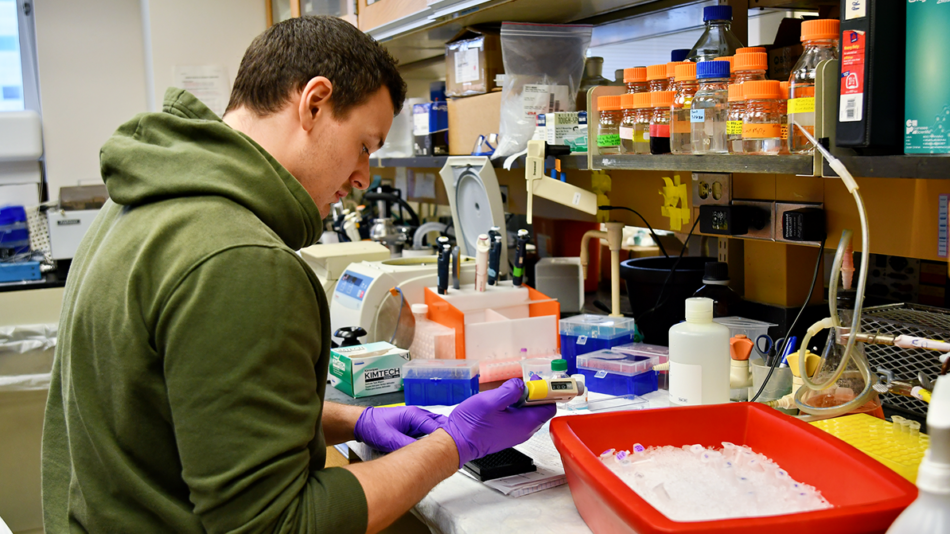Thurl E. Harris, PhD
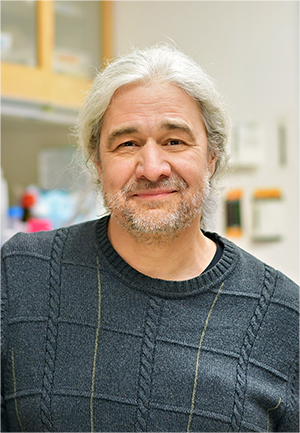 PRIMARY APPOINTMENT:
PRIMARY APPOINTMENT:
Associate Professor and Director of Graduate Studies, Pharmacology
CONTACT:
Pinn Hall, Room 5221
1340 Jefferson Park Ave
Charlottesville, VA 22908
Email: teh3c@virginia.edu
RESEARCH AREAS:
Adipocytes; Metabolic Physiology; Insulin and Counterregulatory hormone signaling; Biochemistry/Enzymology; Pharmacology
EDUCATION AND TRAINING
- Undergraduate: B.S. (Microbiology/Chemistry) 1995, University of Oklahoma, Norman, OK
- Graduate: Ph.D. (Cell & Molecular Biology) 2001, Baylor College of Medicine, Houston, TX
- Post-Graduate: Department of Pharmacology, University of Virginia, Charlottesville, VA
FUNDED PROJECTS
- NIH; NIGMS; R01 GM136900, “Regulation of lipin phosphatidic acid phosphatase activity”
- NIH; NIDDK; Pending, “Adenosine receptors and metacolic homeostasis”
RESEARCH AREAS
As Paleolithic hunter-gatherers, the human diet was relatively low in fats and simple carbohydrates. Technological advances, beginning with the agricultural revolution 12,000 years ago and culminating with the mechanization of food production in the last century, have provided a significant portion of the world’s population access to inexpensive, energy-dense food. In the modern age, the ready availability of carbohydrates and fats, combined with a significant reduction in physical labor, has led to a predictable rise in obesity. The Centers for Disease Control estimates that currently, 34% of the U.S. population is characterized as overweight (B.M.I. of 25-30), and another 42% are obese (B.M.I.>30), giving an astonishing three out of four Americans defined as overweight or obese. As an \underlying risk factor for type II diabetes and cardiovascular disease, understanding how obesity promotes the development of these diseases is of extreme importance for worldwide health. Food intake triggers the release of insulin, an anabolic hormone that promotes nutrient storage and protein synthesis. Our laboratory is interested in the mechanisms underlying the storage and release of carbohydrates and fats as triacylglycerol (TAG) in adipose tissue and the dysregulation of insulin signaling during obesity.
The mTOR Signaling Pathway – A key player in the insulin signaling cascade is the mammalian target of rapamycin (mTOR). This highly conserved Ser-Thr phosphatidylinositol 3-kinase-related protein kinase integrates cellular energy status and growth factors to regulate cellular growth, survival, and metabolism. mTOR forms two distinct complexes, mTOR complex 1 (mTORC1) and mTOR complex 2 (mTORC2), which catalyze the phosphorylation of different substrates in response to insulin. Under conditions of caloric excess, such as that seen during diet-induced obesity, both arms of the mTOR pathway can be affected. We study the molecular mechanisms of how insulin signaling activates the two different mTOR complexes, the targets of mTORC1 and 2, and the functional consequences of obesity on mTOR activity.
Triacylglycerol Storage in Adipocytes and Inflammation – Another important research interest in the laboratory is the enzymatic pathways by which adipocytes store fatty acids as TAG and release fatty acids for energy between meals. Obesity results in dysregulation of the storage and breakdown of TAG in adipose tissue. Genetic studies in mice have suggested that improper regulation of this process can cause peripheral insulin resistance and glucose intolerance- both hallmarks of pre-diabetes. We study the molecular alterations in TAG homeostasis in adipocytes and how this can impact the physiology of whole-body metabolism.
HARRIS LAB MEMBERS
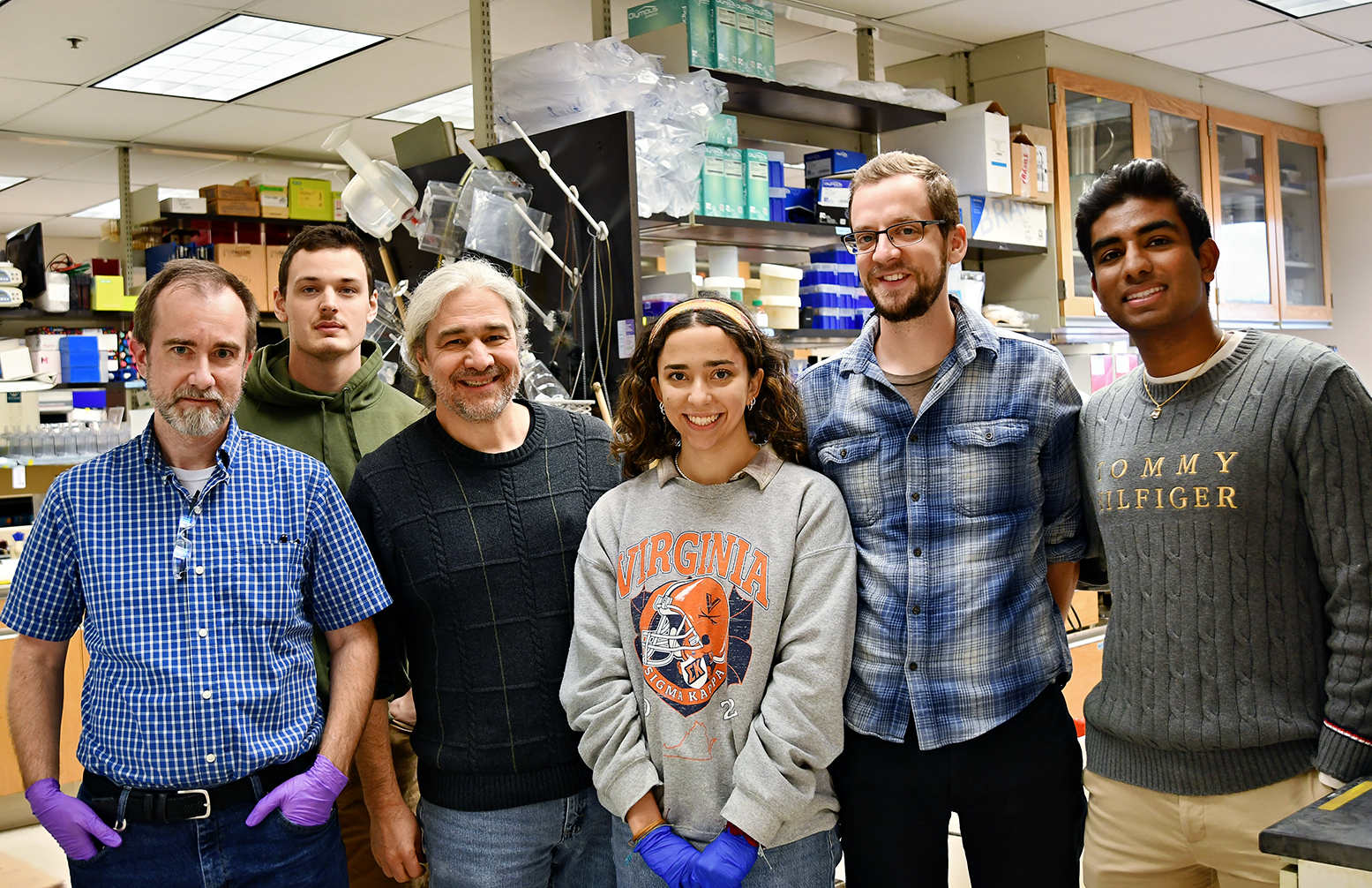
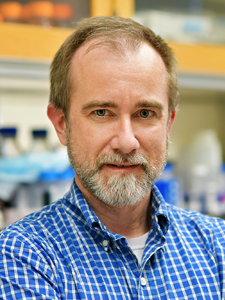 Stefan Hargett (Research Specialist)
Stefan Hargett (Research Specialist)
 Danny Lank (graduate student, Pharmacology)
Danny Lank (graduate student, Pharmacology)
 Mike Lemke (graduate student, Pharmacology)
Mike Lemke (graduate student, Pharmacology)
Mike Rader (undergrad)
 Rahul Reddy (Third-Year Statistics Major/Pre-medical Studies Undergrad)
Rahul Reddy (Third-Year Statistics Major/Pre-medical Studies Undergrad)
Rahul is an undergraduate student at UVA studying Statistics with a concentration in Data Science. He is passionate about exploring the various aspects of adipose tissue and the dysregulation of insulin signaling during obesity.
In his leisure time, he enjoys exploring new cuisines, traveling, and spending time with friends and family. He is enthusiastic about attending medical school and aspires to become a physician.
 Julia Totten (undergrad)
Julia Totten (undergrad)
Julia is a third-year undergraduate at UVA, double majoring in Biochemistry and Music. She is passionate about research and has participated in public health and clinical research labs. She is excited by the broad physiological impacts of the Harris Lab’s work and loves working in the lab. She hopes to attend medical school in the future. Julia enjoys playing music, hiking, and traveling in her free time.

